Tennis Racquets - Page 31
Popular Tennis Racquet Models
See more Popular Tennis Racquet Models
Wilson t3000
74 Available
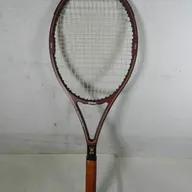
Wilson Jack Kramer Pro
68 Available
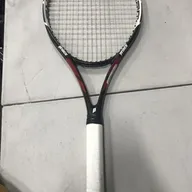
Prince Pro
92 Available
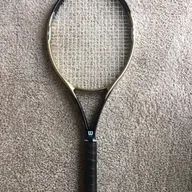
Wilson Hammer
53 Available
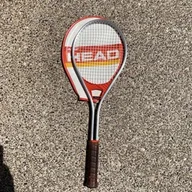
HEAD Professional
18 Available
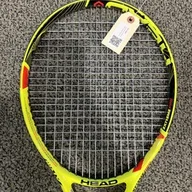
HEAD Extreme
43 Available

Wilson Signature
12 Available

HEAD Instinct
30 Available
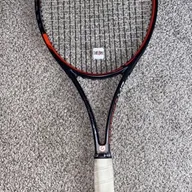
HEAD Prestige
59 Available
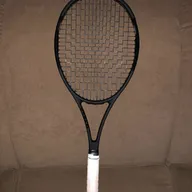
Wilson Pro Staff
66 Available

HEAD Radical
45 Available
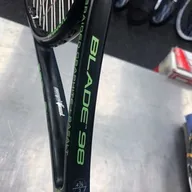
Wilson Blade 98
32 Available
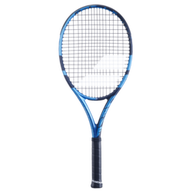
Babolat Pure Drive
53 Available

Prince Triple Threat
23 Available
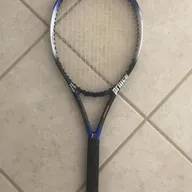
Prince Thunder
38 Available

Wilson Ultra 100
15 Available

Wilson Ultra 100UL
7 Available

Wilson Chris Evert
6 Available
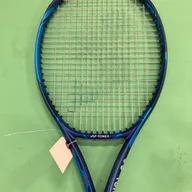
YONEX Ezone 100
21 Available
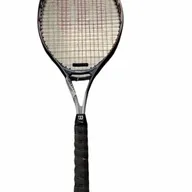
Wilson Impact
20 Available
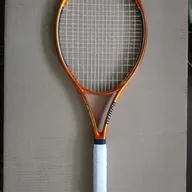
Prince O3
20 Available

Pacific Speed
10 Available

Technifibre TFight DC 315 Ltd. (16x19)
19 Available

HEAD Flexpoint 10
7 Available

Wilson K-Factor
18 Available

Wilson Profile
10 Available

HEAD Radical Tour
15 Available

Wilson Sting
10 Available
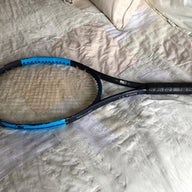
Wilson Ultra
26 Available
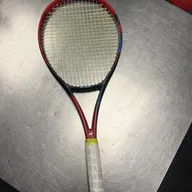
YONEX Vcore 95
10 Available

Babolat aero pro drive
11 Available

Wilson Burn 100
6 Available
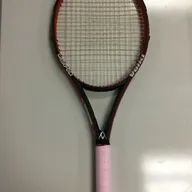
Volkl Catapult
4 Available

YONEX EZONE 98 (305g)
6 Available
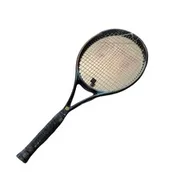
Wilson Hammer 4.0
6 Available

HEAD Liquid Metal
13 Available
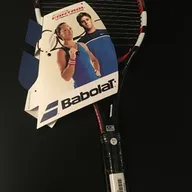
Babolat Pure Control
7 Available

HEAD Radical Pro
5 Available
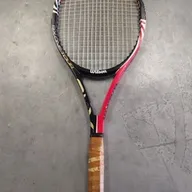
Wilson Six One 95
32 Available

Wilson Sledge Hammer 3.8
4 Available
1,301 Results































